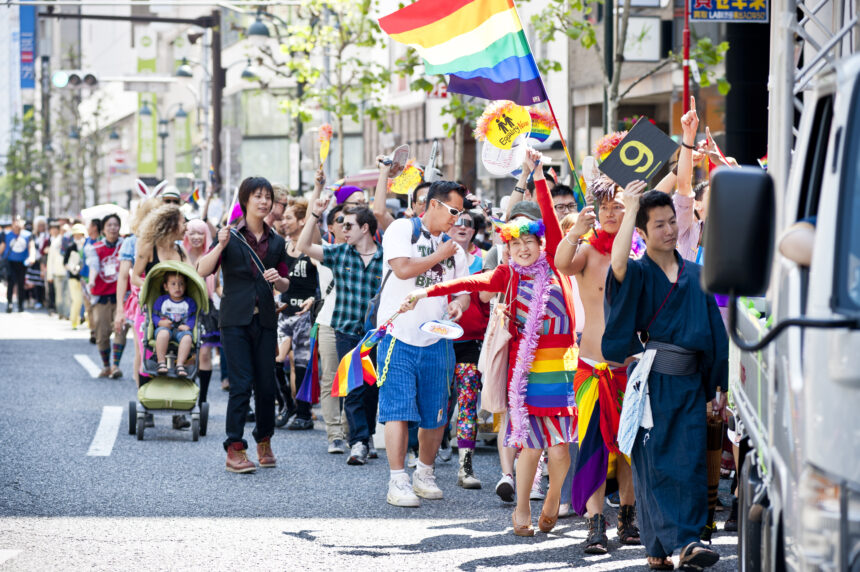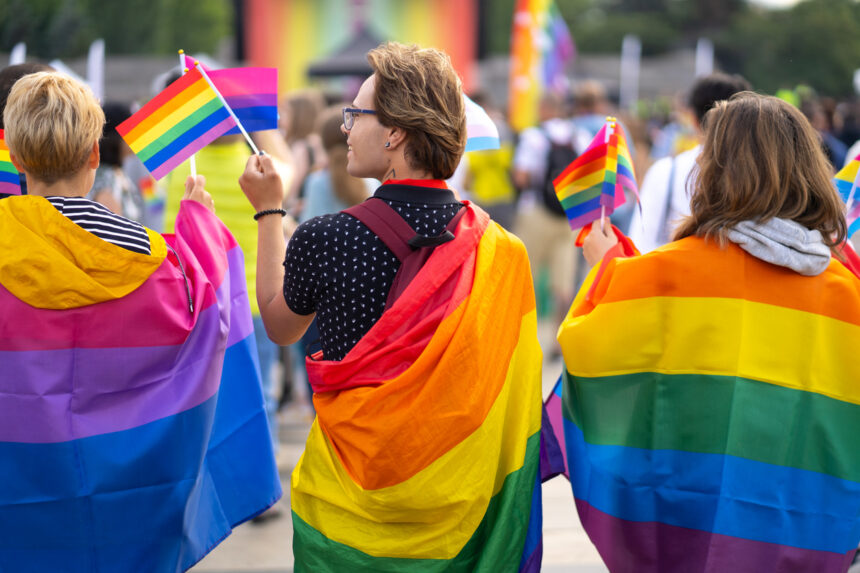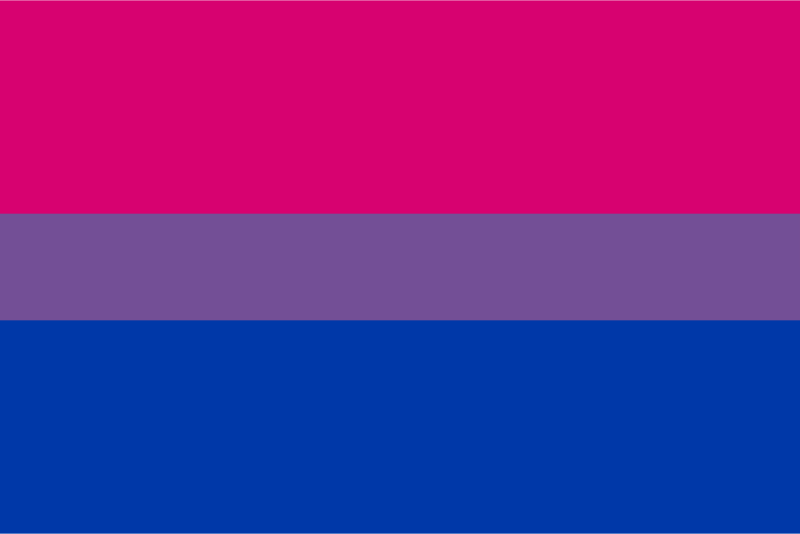
The bisexual flag is one of the more well-known pride flags out there, but it’s still not the most common one, and a lot of people have questions about what the colors on the flag actually mean. In this article, I hope to explain the significance behind the bisexual flag’s colors, tell you a little about the flag’s history, and share a few notable events where it’s been used.
Who Does the Bisexual Flag Represent?
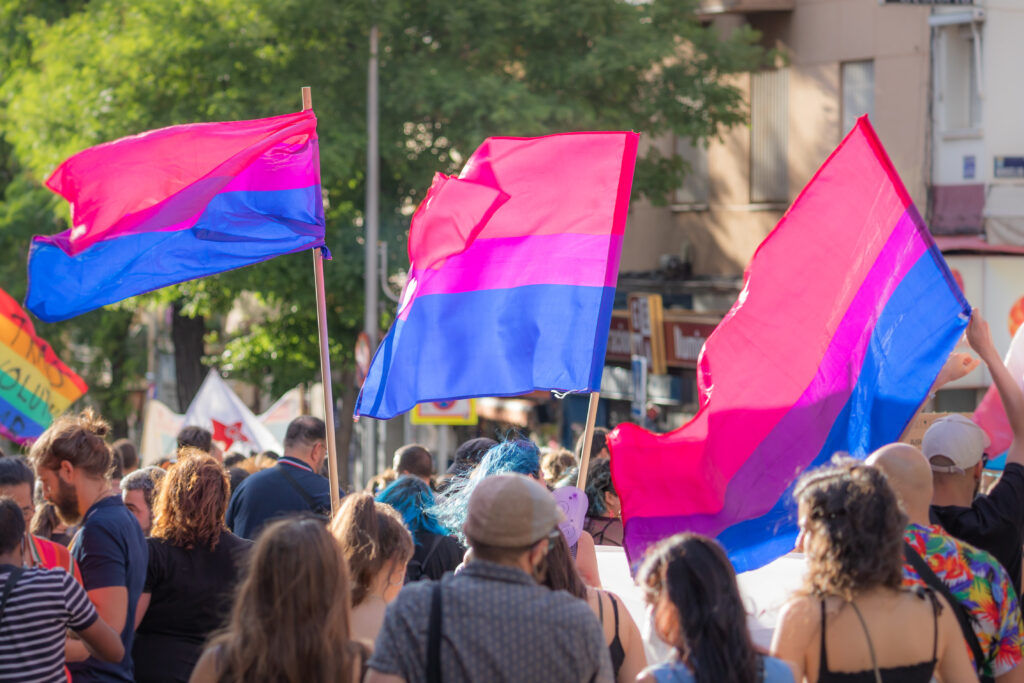
If someone’s bisexual, it means that they’re attracted to more than one gender, and that they either have a romantic and/or sexual attraction to those of a different gender as well as to their own, or to two genders other than their own.
However, this is only the most common definition of bisexual. Each person’s definition can have slight nuances, and a bisexual person can prefer one gender more heavily than the other, and still be considered bi.
The bisexual flag is meant to represent all bi people, whether they are primarily attracted to another gender, to their own gender, or to both equally.
What Do the Bisexual Flag’s Colors Mean?
Pink - Pantone 226

The color pink in the bisexual flag represents same-sex and/or same gender attraction. While not all bisexual people are attracted to their own gender, to the ones who are, the color pink exists to symbolize them.
Purple - Pantone 258
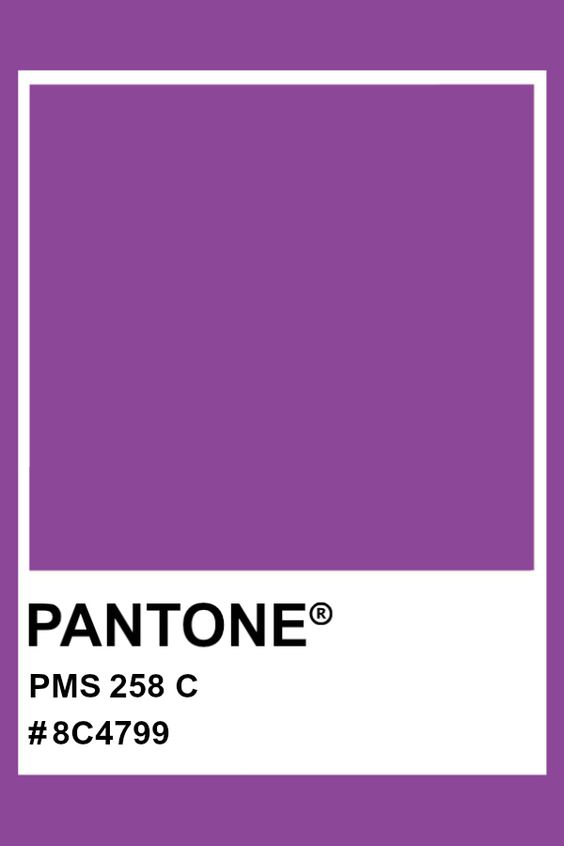
The color purple, a mix of pink and blue, is meant to represent more than one type of attraction, or, the mix of feelings that bisexual people may have about their own attraction and how they relate to it. As a bisexual person myself, this color resonates with me as representing the confusion that I sometimes feel, and the bewilderment of not fitting into a clearly-defined box.
However, the creator of the flag, Michael Page, described the color purple (a blend of pink and blue) as representing how bisexual people blend unnoticeably into both the gay/lesbian and straight communities. Personally, I don’t feel like I blend completely into either, but I still think it’s a cool concept!
Blue - Pantone 286
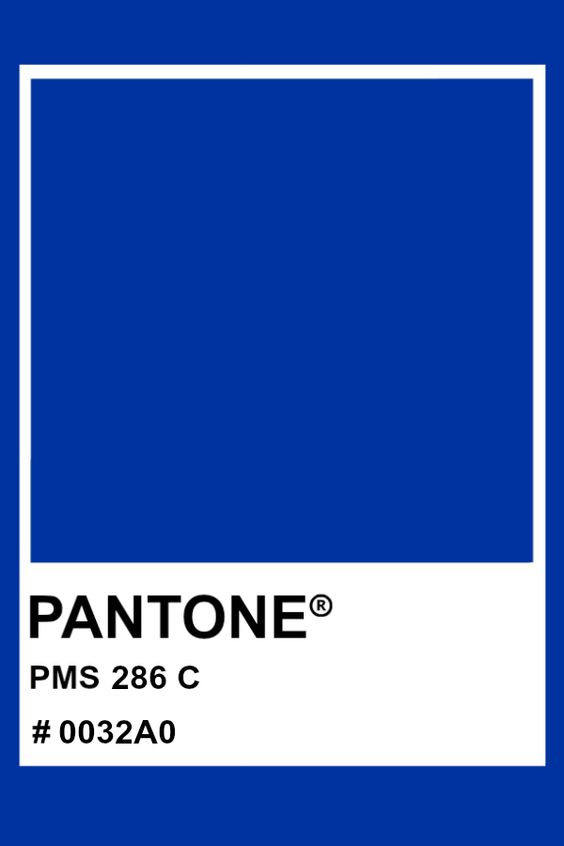
The color blue in the bisexual flag represents attraction to the opposite sex/gender, and/or attraction to a gender other than your own.
Since I originally thought that the blue and pink of the bi flag represented attraction to both men and women, I was surprised to find that the meaning of the colors is actually completely different. But, this is honestly for the best, since it’s a more inclusive definition of bisexuality than the cut and dried idea of attraction only towards men or towards women.
When Was the Bisexual Flag Created?
The bisexual flag was created in 1998 by Michael Page, a bisexual activist based in Florida, and first debuted on his now-defunct blog BiCafe.com. Page created the flag to introduce an overarching symbol for the bisexual community that other queer communities at the time already had, but the bisexual community didn’t.
In this way, Page did the bi community a great service by introducing a flag that was both inclusive and distinctly bisexual, which would be used for decades to come.
However, the idea for the flag wasn’t entirely Page’s. The flag’s colors were inspired by the “biangles”, a set of overlapping pink and blue upside-down triangles that create a small purple triangle where they meet.
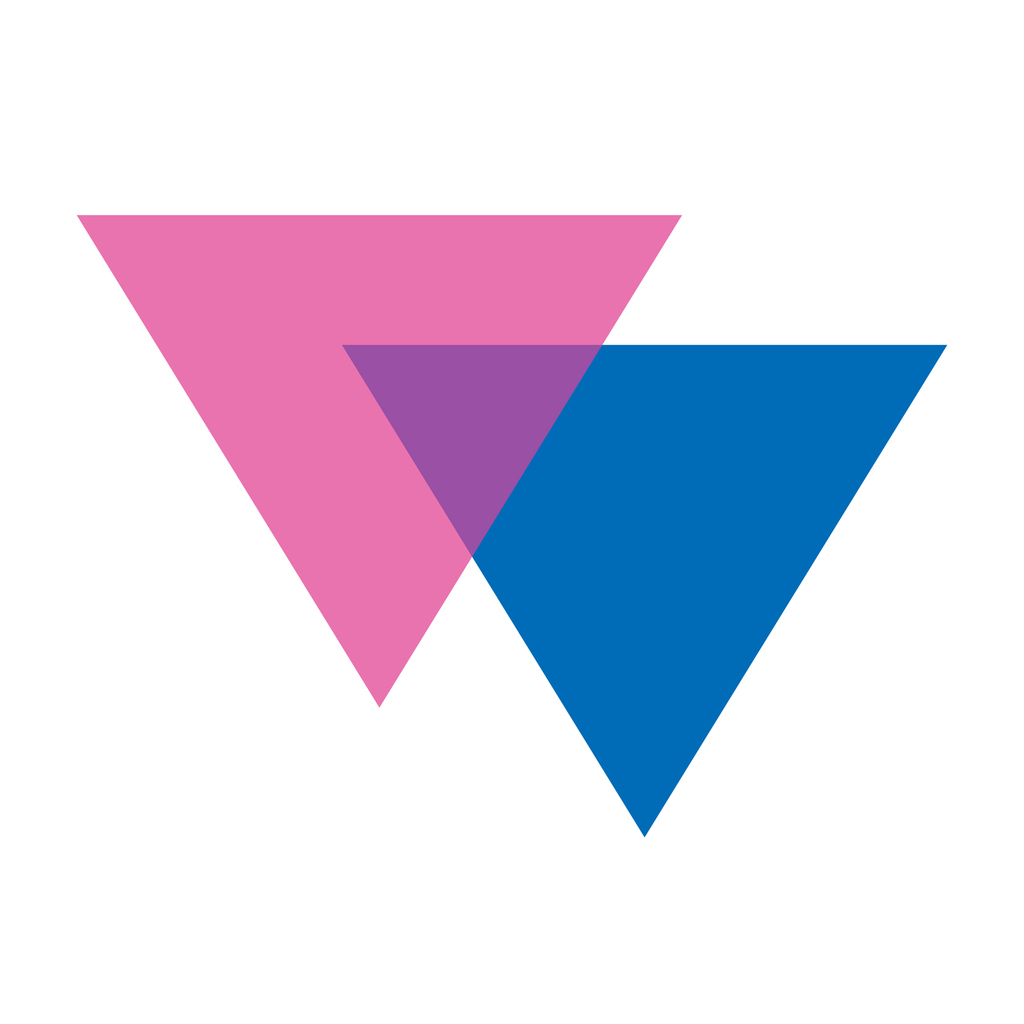
This design was reportedly created by Liz Nania for the Second National March on Washington for Lesbian and Gay Rights in 1987.
When Has the Bisexual Flag Been Used?
BiCafe.com’s 1st Anniversary Party
The bisexual flag first debuted in person at the one year anniversary party of BiCafe.com. A now defunct website created by Michael Page which served as a chat room for bi and questioning individuals. The site ran from 1997 to 2012, totalling 15 years of operation. Even though it’s not around anymore, it did lead to the introduction of the bisexual flag, which lives on as a prominent symbol to this day.
Page most likely debuted the flag at this anniversary party because it had a built-in audience of like-minded people open to his vision and creativity. Part of the reason why this flag was adopted and blue, pink and purple were eventually deemed as “bisexual colors” is because Page knew his audience, and first introduced his flag to a group of people both at the party and online, who would understand it and be likely to adopt it going forward.
Tokyo Rainbow Pride
Another familiar home for the bisexual flag is Tokyo Rainbow Pride, along with various other pride parades and festivals across the world. Tokyo Rainbow Pride is a week-long festival that aims to be inclusive of all people under the queer umbrella, including bisexual people. Therefore, not only is the traditional rainbow pride flag flown during this festival, but so is the bisexual flag along with a whole host of other flags.
During the festival, many different booths pop up as outposts of advocacy for their organizations, including the Tokyo Rainbow Pride Official Shop’s booth. This shop sells a multitude of pride-related goods, including various items with the bisexual flag on them! Some of these items include a handheld bisexual flag, a bracelet with a heart-shaped bi flag charm, and a bi flag pin.
If you want to learn more about Tokyo Rainbow Pride, take a look at this article!
Other LGBTQ+ Flags
Of course, the bisexual flag is not the only pride flag out there, but just one of many. Other prominent pride flags include the lesbian flag, asexual flag, pansexual flag and more! Check out our other articles explaining the various types of pride flags here!


